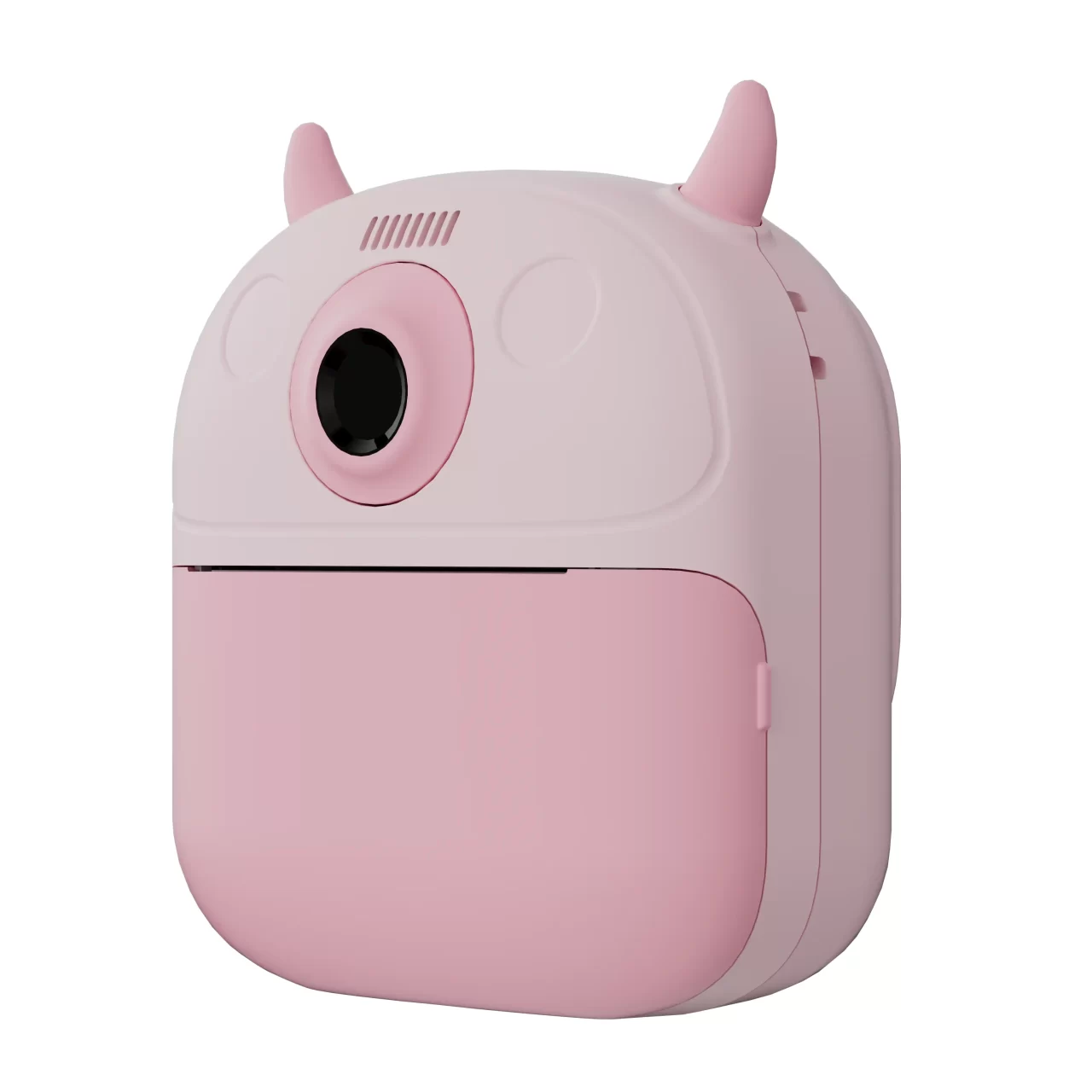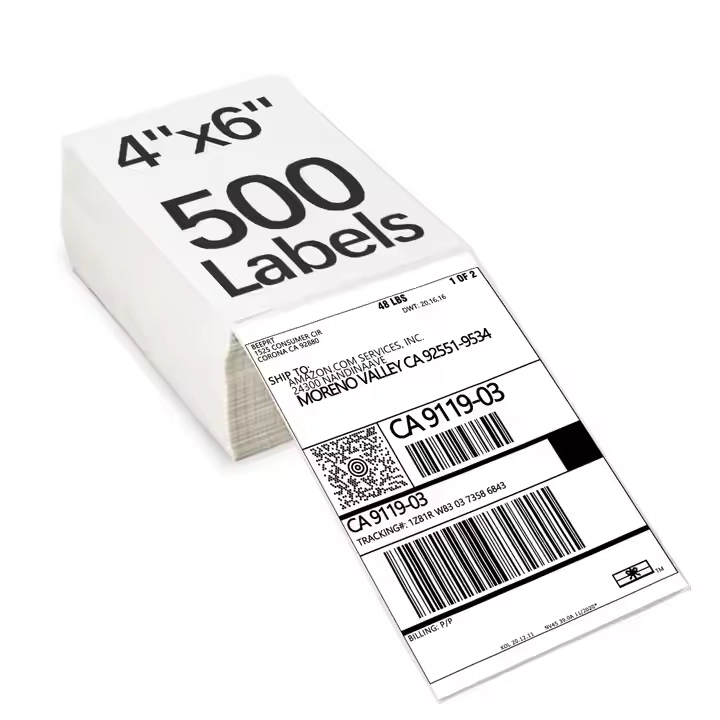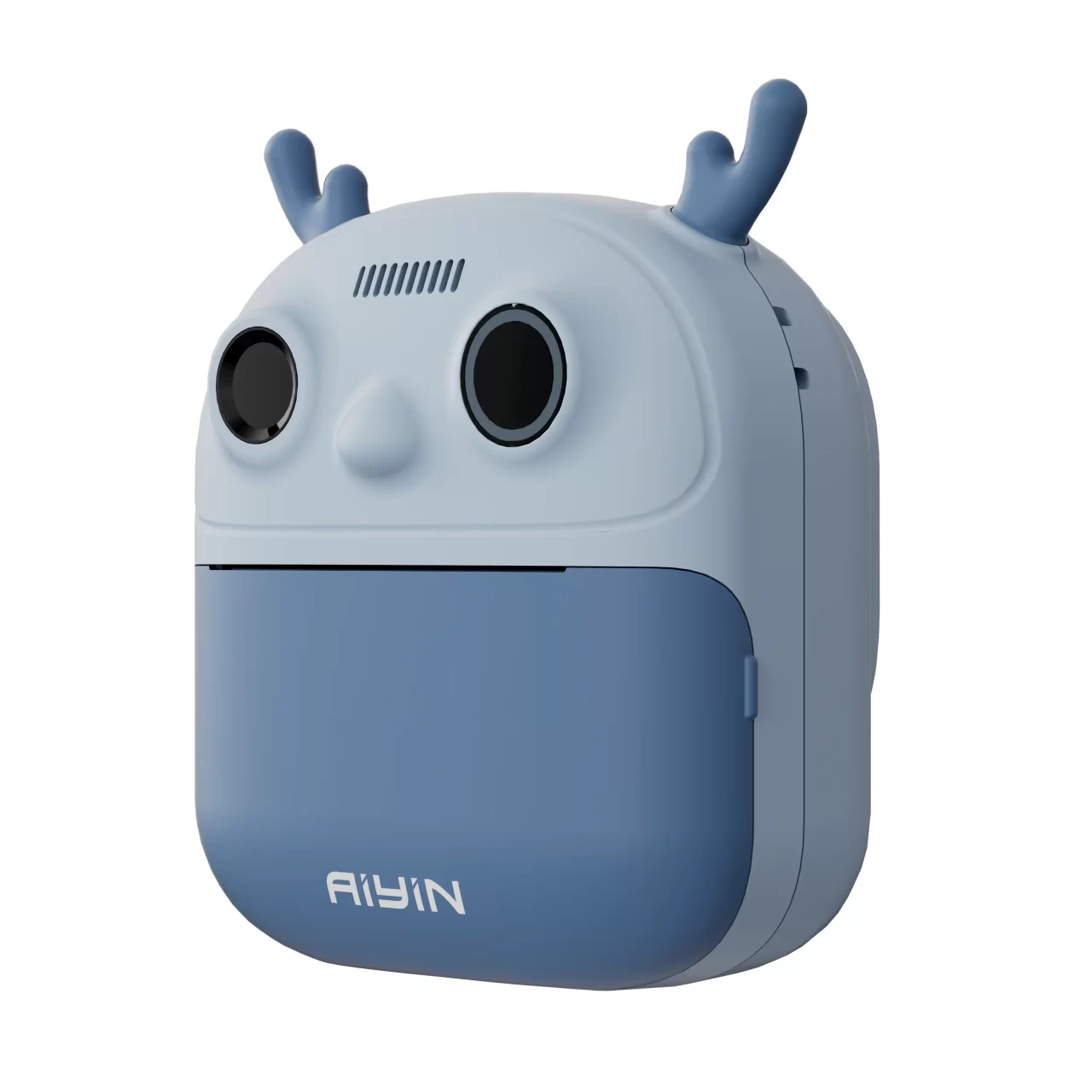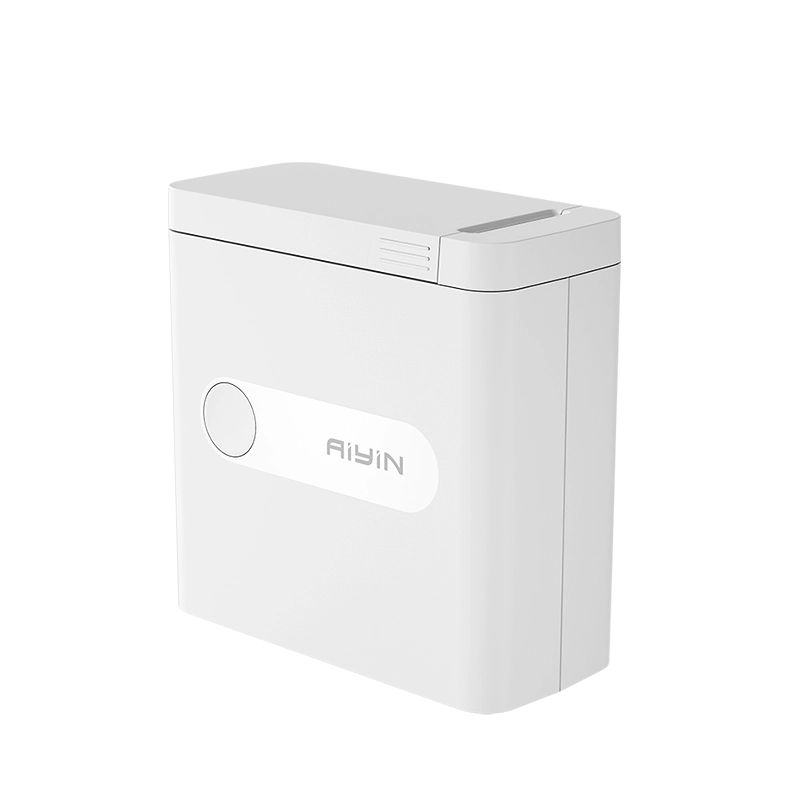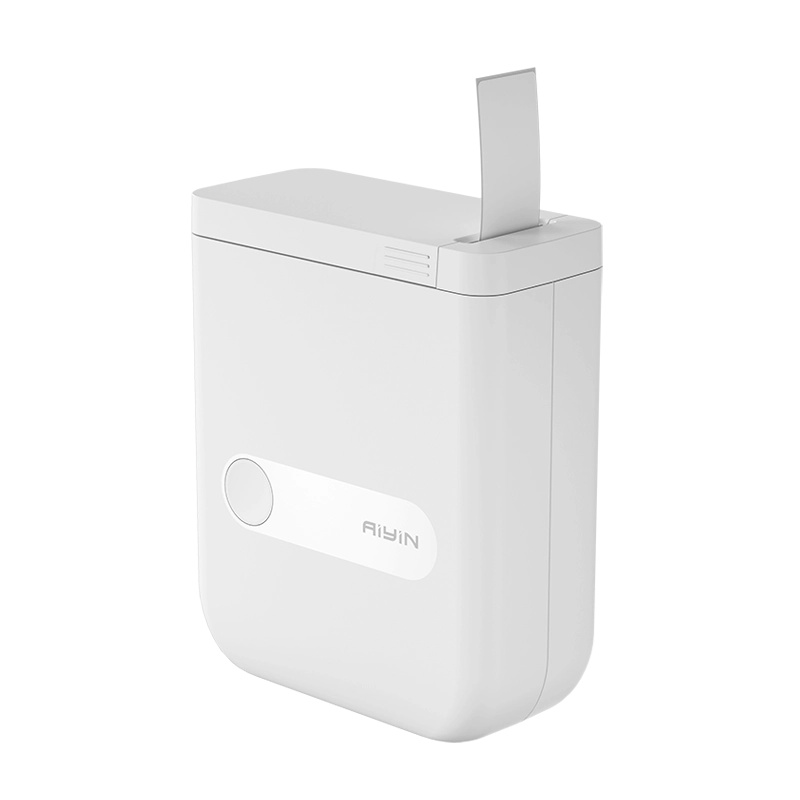감열식 프린터의 수명은 측정 가능한 지표(인쇄물 수, 가동 시간, 전원 공급 시간)와 주요 구성품의 마모라는 실제적인 현실을 종합적으로 고려한 수치입니다. 이를 파악하는 것은 예산, 가동 시간 및 조달에 필수적입니다.
이 블로그에서는 선도적인 감열식 프린터 제조업체인 Aiyin과 함께 수명을 정의하고, 현실적인 범위를 제시하며, 수명을 단축시키는 요인을 나열하고, 실질적인 유지보수, 모니터링 및 교체 지침을 제공하는 방법을 살펴봅니다.
감열식 프린터의 '수명'을 정의하는 방법
"감열식 프린터 수명"은 상황에 따라 다른 의미를 가질 수 있습니다:
- 캘린더 수명 - 근속 연수(예: 3~7년).
- 운영 메트릭 - 하루 인쇄 수, 헤드를 통해 공급된 미디어의 미터(km) 또는 총 열 펄스/도트 주기 수입니다.
- 성능 임계값 - 인쇄 품질 또는 첫 번째 스캔 바코드 속도가 허용 가능한 수준 이하로 저하되는 경우.
운영의 경우 일회성 지표(연도)를 하나의 활동 지표(인쇄/일 또는 미터 실행)와 결합합니다. 이렇게 하면 예산 및 운영 가시성을 모두 확보할 수 있습니다.
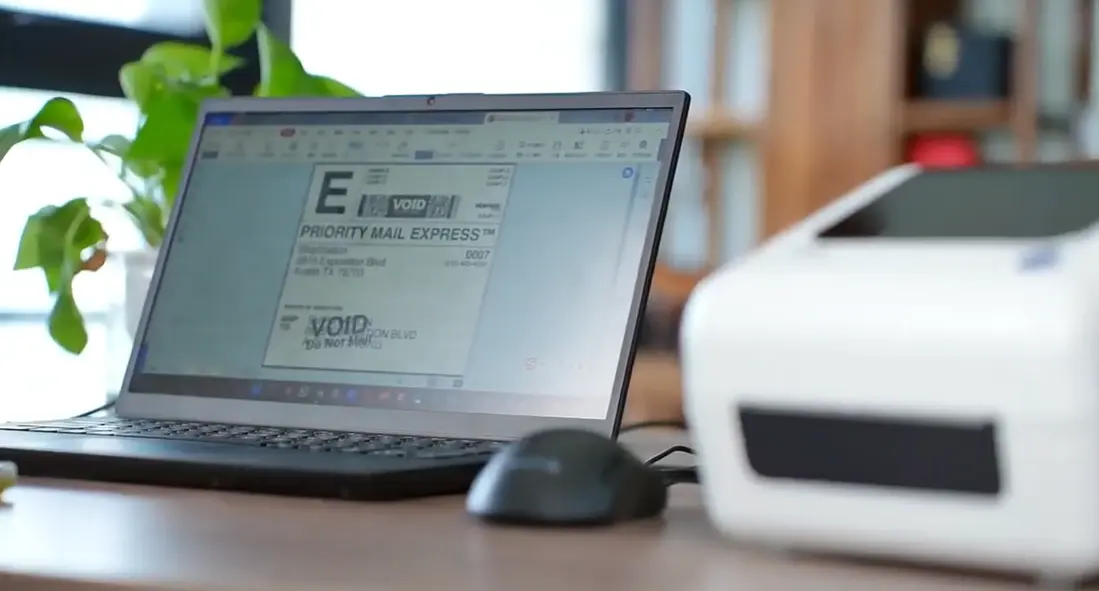
구성 요소 수준 수명(실제로 장애가 발생하는 경우)
대부분의 프린터 오류는 구성 요소별로 발생하므로 여기에 집중하세요:
- 프린트헤드가장 마모되기 쉽습니다. 공급업체의 평가 미디어 거리(50-150km) 또는 수천만에서 수억 개의 열 펄스. 미디어와 청소의 품질에 따라 크게 달라집니다.
- 플래튼 롤러 및 피드과도한 사용 후 고무 마모 또는 변형 - 사용량이 많은 사이트에서는 몇 년마다 교체가 예상됩니다.
- 모터/기어기계 부품은 일반적으로 수명이 오래 지속되지만 과중한 연속 작업으로 인해 고장이 발생할 수 있습니다.
- 전자/전원 공급 장치커패시터와 기판은 몇 년이 지나면 고장이 날 수 있으며 열은 노화를 가속화합니다.
- 배터리(모바일 프린터)배터리 용량은 일반적으로 1-3년초, 주기에 따라 다릅니다.
일반적인 감열식 프린터 수명 범위
이는 일반적인 유지 관리 및 평균적인 사용 환경에서의 경험 법칙입니다:
- 데스크톱/POS 프린터: 3~5년의 유효 수명.
- 산업용 프린터: 잘 관리할 경우 5~10년(보다 견고한 구조, 교체 가능한 부품).
- 프린트헤드: 50-150km의 미디어 또는 이에 상응하는 도트 사이클(제조업체마다 다름).
- 모바일 유닛: 장치 사용 기간은 2~4년이며, 배터리는 더 빨리 교체할 수 있습니다.
마일리지는 사용량, 미디어 및 환경에 따라 달라질 수 있으므로 대략적인 추정치로만 사용하세요.
수명을 단축하거나 연장하는 요인
제어 가능한 몇 가지 변수가 감열식 프린터 수명에 상당한 영향을 미칩니다:
- 인쇄 강도: 하루 인쇄 횟수가 많을수록 마모가 심해집니다.
- 인쇄 용지 품질: 더럽거나 마모성이 있는 용지는 프린트헤드 수명을 크게 단축시킵니다.
- 환경: 먼지, 높은 습도, 극한의 온도 또는 화학 물질은 장애를 가속화합니다.
- 설정: 지나치게 어둡거나 인쇄 속도가 빠르면 열 스트레스가 증가합니다.
- 유지 관리: 정기적으로 청소하고 올바르게 적재하면 수명이 연장되고 방치하면 수명이 단축됩니다.
이러한 변수를 조정하여 전체 수명을 최적화하고 총소유비용(TCO)을 절감하는 것이 바람직합니다.
프린터의 수명이 다해가는 징후
이러한 증상은 행동을 취하기 위한 실질적인 지표이므로 주의 깊게 살펴보세요:
- 시각적 결함흰색 선, 수직 데드 컬럼, 고르지 않은 밀도.
- 기능적 문제바코드 판독 실패율이 증가하거나 텍스트가 희미해집니다.
- 운영 트렌드재인쇄율과 서비스 호출이 증가하고 MTTR이 상승합니다.
- 정량적 트리거예: 첫 번째 스캔 속도가 아래로 떨어짐 95% 청소에도 불구하고 → 머리 건강을 조사합니다.
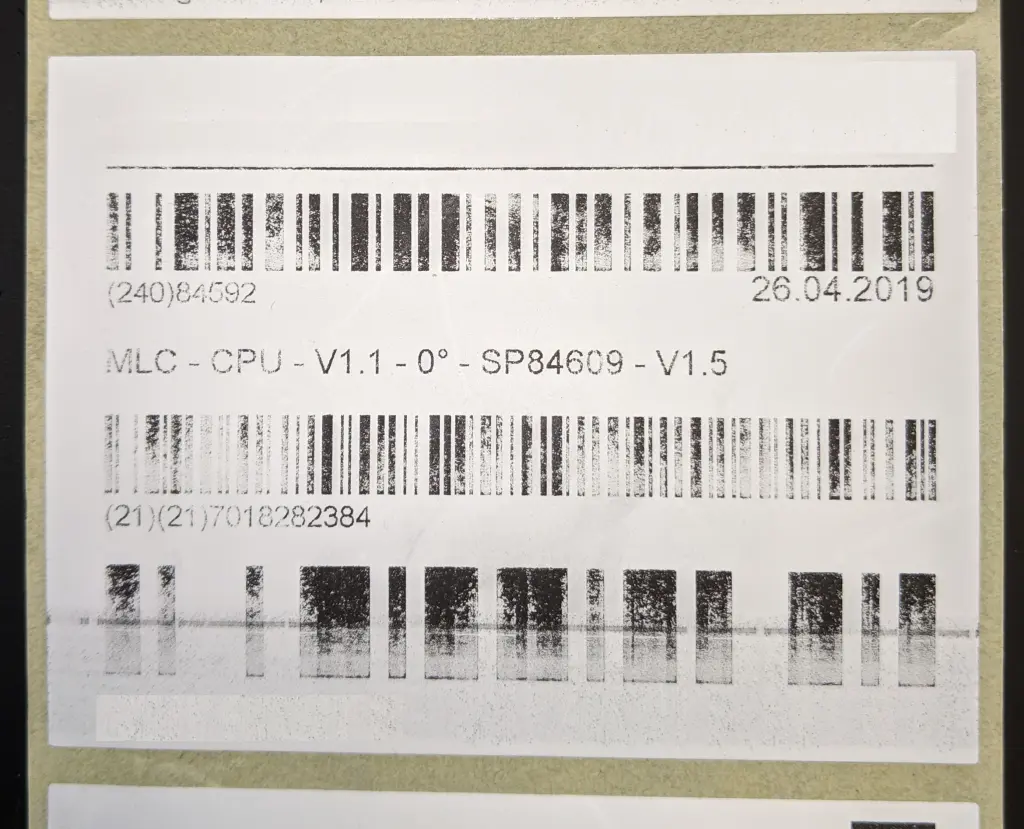
청소 및 보정 후에도 이러한 현상이 반복적으로 나타나면 수리 또는 교체를 계획하세요.
수명 극대화를 위한 유지 관리 및 모범 사례
짧고 효과적인 유지보수 루틴을 통해 감열식 프린터의 수명을 보존할 수 있습니다:
- 일일/교대 근무 확인육안 검사; 먼지가 묻어 있으면 프린트헤드와 플래튼을 닦습니다.
- 롤당/변경당이소프로필 알코올 물티슈로 프린트헤드를 닦고 용지 경로에서 이물질을 제거합니다.
- 주간/월간롤러 검사, 펌웨어 점검, 센서 정렬 확인.
- 소모품 제어승인된 미디어 및 리본을 표준화하고 의심스러운 롤을 거부합니다.
- 운영자 교육적절한 로딩, 인쇄 면에 손대지 않기, 기본적인 문제 해결.
이러한 단계는 시간이 거의 들지 않지만 상당한 수명 연장을 가져옵니다.
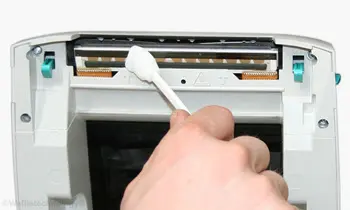
교체 결정 및 TCO
수리 비용 + 다운타임 위험이 예상 수명 동안 상각되는 새 장치 비용보다 클 경우 교체합니다. 고려하세요:
- 다운타임 발생 빈도 및 비용
- 소모품 비용 및 재인쇄 낭비.
- 새 모델이 속도, 연결성, 전력 효율성 등 의미 있는 이점을 제공하는지 여부.
결론
감열식 프린터 수명은 신비로운 것이 아니라 관리 가능한 것입니다. 주행 거리와 같은 수명 지표를 정량화하고 프린트헤드와 같은 구성 요소의 사전 유지 관리에 집중하면 장치의 기능 수명을 크게 연장하고 총소유비용(TCO)을 절감할 수 있습니다. 궁극적으로 수리 비용 증가와 가동 중단 위험이 새로운 투자의 장기적 가치보다 더 클 때는 기기를 교체해야 합니다.
아이인 소개
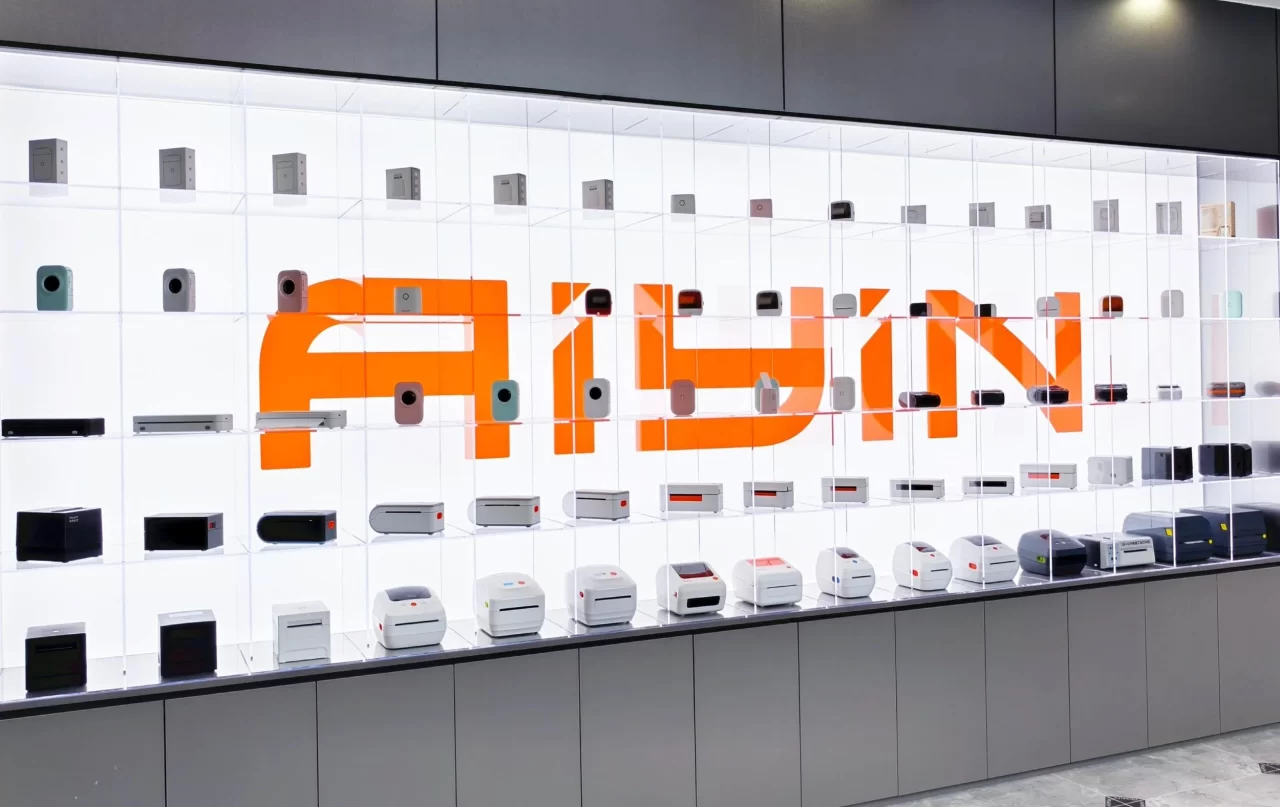
아이인은 선도적인 감열식 프린터 제조업체 글로벌 파트너에게 신뢰할 수 있는 인쇄 장비를 제공하는 데 전념하고 있습니다. 대규모 생산 능력과 효율적인 물류를 통해 다음을 지원합니다. 도매 감열식 프린터 경쟁력 있는 가격과 빠른 처리 시간으로 공급합니다.
로서 맞춤형 감열식 프린터 솔루션 공급업체소매 및 물류에서 산업 애플리케이션에 이르기까지 다양한 비즈니스 요구 사항을 충족하는 디자인과 기능을 맞춤화하여 일관된 품질과 신뢰할 수 있는 배송을 보장합니다.

